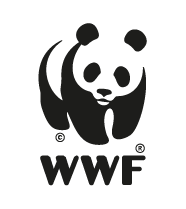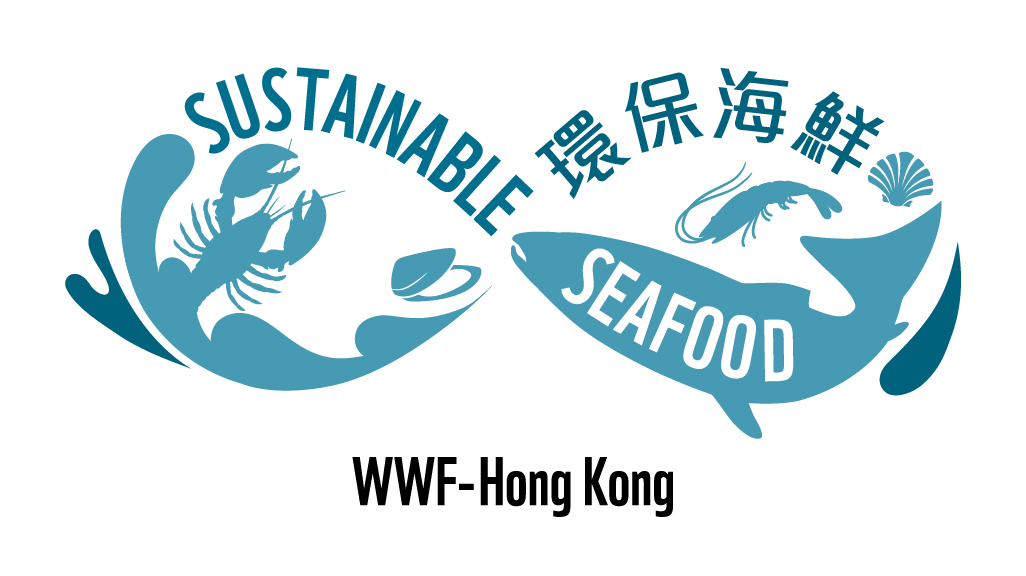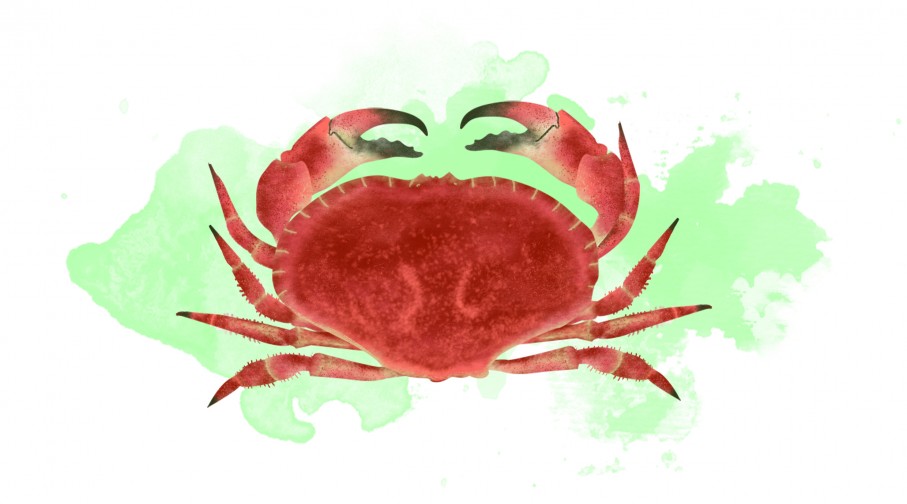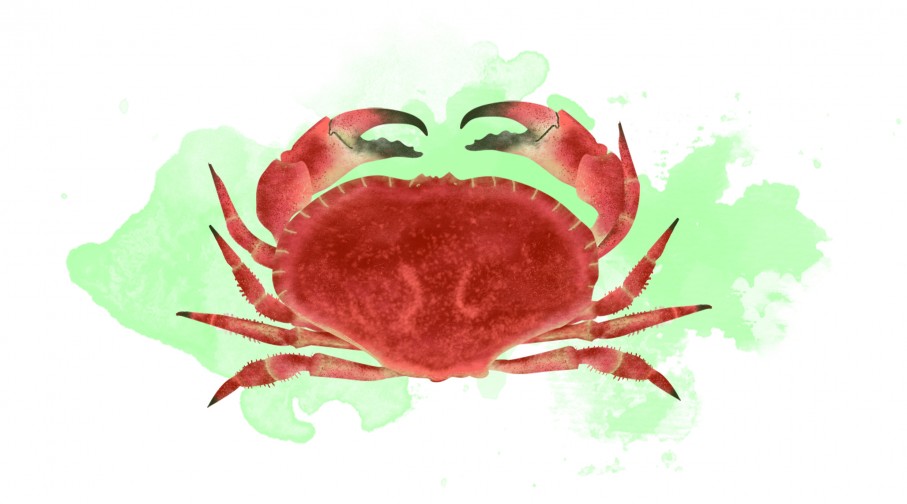
Information is very limited for red crab fisheries, with a lack of historic and current stock status information, as well as on the impact of fishing mortality on stocks. In the last decades, wild catch of red crab has been decreasing on a yearly basis due to overexploitation and environmental deterioration.
The fishery is likely to cause significant damage to some listed endangered, threatened, protected (ETP) species. The discard rate of the fishery in Asia are known to be low as all catch are sold on the market. The retained catch of juveniles and non-target species likely exceeds 30% of the total catch. Trawl fisheries in general are considered to have widespread ecosystem and habitat impacts such as direct physical damage to benthic communities, sediment resuspension and removal of top predators from bycatch.
A basic management framework is established throughout China, in particular Hong Kong. Management is considered marginally effective. Compliance and enforcement measures are not always effective and enforcement has failed to achieve good results due to the lack of information on management procedures. There are some measures in place (mainly monitoring actions) to protect ETP species, in particular marine mammals. Some measures are in place for avoiding unwanted catches, such as minimum-allowed mesh sizes. Several protected areas have been established in Hong Kong waters. However, fishing is banned from just less than 0.01% of the waters. But there is a trend to strengthen regulation on illegal unreported and unregulated fishing (IUU).



